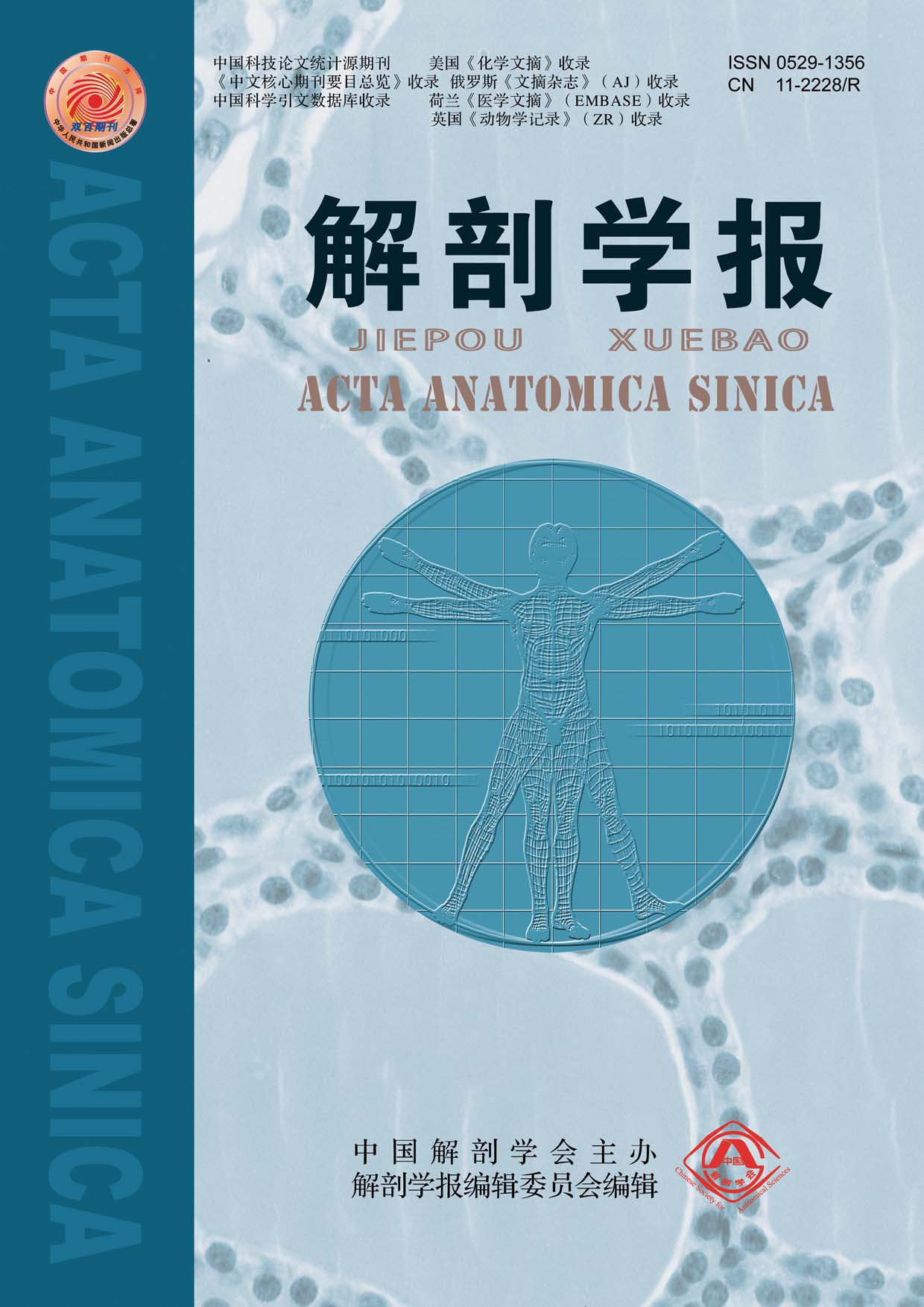Objective To investigate the protective effect and mechanism of oxidative sulfasalase 3 on acute poisoned liver injury. Methods Forty Balb/c mice were randomly divided into 4 groups: normal control (NC) group, dichlorvos (DDVT) control group, green fluorescent protein lentivirus (Lv-GFP) group, and recombinant paraoxonase 3(PON3) lentivirus (Lv-PON3) group, 10 in each group.Mice in Lv-GFP and Lv-PON3 group were injected with 2×107 TU of Lv-GFP and Lv-PON3 lentiviruses via the tail vein respectively. After 3 days, they were intraperitoneally injected with a solution of dichlorvos (DDVT) 9 mg/kg.The same dose of DDVT was injected intraperitoneally into the DDVT group, and the same dose of saline was injected into the NC group.In each group, 10 mice were killed by anesthesia 12 hours after DDVT exposure to take liver tissue. ELISA was used to detect serum acetylcholinesterase(AChE), liver function indexes alamine aminotransferase(ALT) and aspartate aminotransferase(AST) and oxidative stress indexes malondialdehyde(MDA), catalase(CAT), superoxide dismutase(SOD) and glutathione(GSH) in liver tissues of each group. HE staining was used to observe the morphological changes of liver tissues. Results Compared with the NC group, the levels of MDA, ALT, AST, hemoglobin oxygenase 1(HO-1) and Nrf2 mRNA expression were significantly increased in DDVT group and Lv-GFP group, and AChE, CAT, SOD, GSH levels and Kelch-like epichlorohydrin-associated protein 1(Keap1)mRNA were significantly decreased (P<0.05). Compared with the DDVT group, the levels of MDA, ALT, AST and Keap1mRNA expression in liver tissue were significantly decreased in Lv-PON3 group, and AChE, CAT, SOD, GSH levels and HO-1 and Nrf2 mRNA expression were significantly increased (P<0.05). The structure of hepatocytes in the normal control group was clear, no hepatocyte necrosis and fat lesions were seen. Pathological changes such as hepatocyte necrosis and fatty degeneration under light microscope in DDVT and Lv-GFP groups, the number of hepatocyte necrosis and steatosis cells in the liver lesions of the Lv-PON3 group were reduced. Conclusion PON3 can alleviate oxidative stress and improve liver function through Keap1-Nrf2/HO-1 pathway, which has a certain protective effect on liver damage induced by acute poisoning of dichlorvos in mice.


